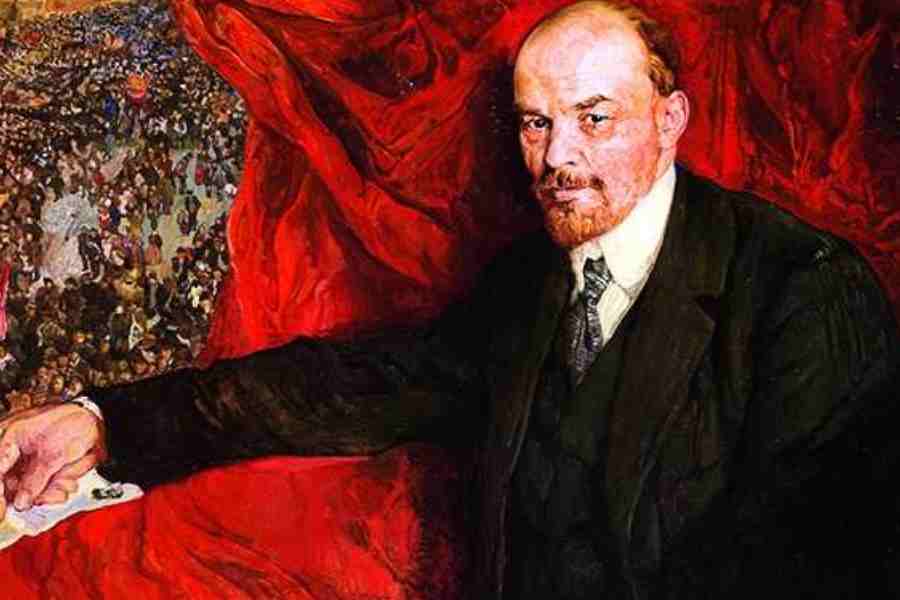Naxalism or Maoism in India, like any other Leftist movement around the globe, draws its ideological basis from the Bolshevik revolution. Vladimir Lenin tweaked Marxism to suit Russian conditions. The peasantry was to have a larger role and the Russian army was to be the main protagonist in the envisaged armed insurrection. With egalitarianism as its basis, the idea was to enforce societal control over the aspects of governance and nation-building.
As per Leninism, the revolution was to be steered over several phases. These were people’s revolution leading to socialism and, then, Marxism based on the commune. The call made by Lenin had mass appeal in the sense that the masses could identify with the ideological underpinnings. Lenin’s efforts to embrace the burning issues were translated into three slogans — ‘land to the tiller’, ‘bread to the hungry’, and ‘rest to the army’. The effective tool of mass mobilisation made Lenin an international icon and inspired Leftist revolutions across the world.
The political Left in India, too, inspired by revolutionary movements the world over, strived for a similar feat to liberate the exploited classes in the country. However, the planning lacked deliberations and efforts were not made to adapt the foreign experience to the Indian context. The inception of Naxal ideology can be traced back to the call for a united front comprising the peasantry and the working class given by the peasant leader, Swami Sahajanand Saraswati. The movement was dovetailed into the Indian freedom struggle and had a three-pronged objective — peasant revolution, national independence, and emancipation of the downtrodden. An effort towards this was attempted in Telangana but a united front could not materialise due to a weak and divided leadership.
The CPI seemed to have inferred that a socialist revolution in India could only be initiated at the behest of capitalists rather than as a people’s revolution. It thus supported the Nehruvian model of mixed economy that had elements of public and private sectors. This approach did not find support amongst the entire party, leading to a split in the CPI giving rise to the CPI(M), followed by the falling apart of the Charu Mazumdar-led faction called Naxalites.
First generation Naxalites were often termed as ‘men in hurry’. These Romantics did not gauge the importance of mass mobilisation and went on to commit grave blunders. They carried out unwarranted class annihilation, which segmented their own support base. This initial phase of Naxalism was smothered by the early 1970s. In the 1980s and 1990s, a number of Naxal groups were active, mainly in Bihar and Andhra Pradesh. Leaders like Vinod Misra, Nagabhushan Patnaik, Nagi Reddy drew correct lessons from the failure of the preceding phase and laid emphasis on mass mobilisation. The aspects of class annihilation and armed insurrection were somewhat ignored, resulting in several sections of the society aligning with the movement. However, any semblance of a united front comprising the peasants and the working class was still missing and Naxalism never transformed into a mass movement. For example, in rural Bihar, social churning led to caste wars, and class war as a requisite for Naxalism lost ground. A common cause that could have provided a platform for mobilisation was missing, mainly because of the prevalent constitutional democracy, its glitches notwithstanding.
In Naxalism, a contradiction existed between short- and long-term gains. The former involved the destruction of resources and infrastructure of the Establishment and the class enemy. But this hampered the long-term benefits of the amelioration of the conditions of the poor by dissuading investments and development.
Class war is not the basis of the present phase of Naxalism. It is directed against the government, with no ideological edifice to stand on. The present vanguard of the Maoists remains in the shadow of an old ideological structure that is not synchronous to the facade of the ‘tribal cause’ they claim to champion.
Shashank Ranjan is a retired infantry officer with rich experience of serving in insurgencies










